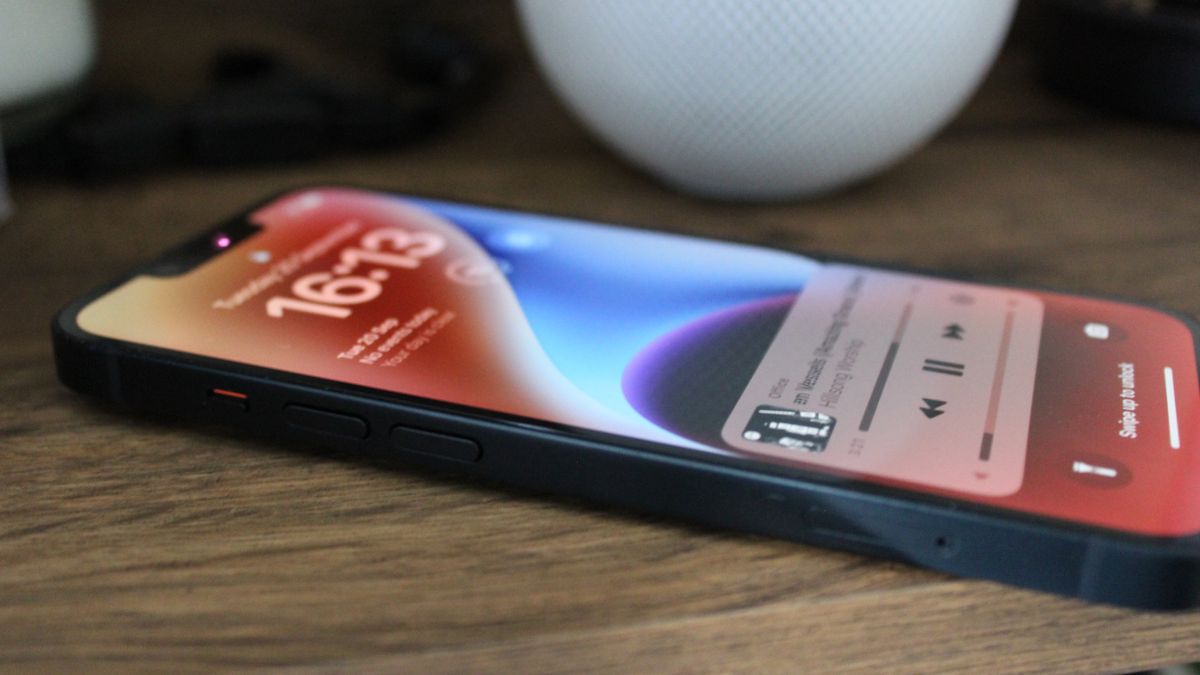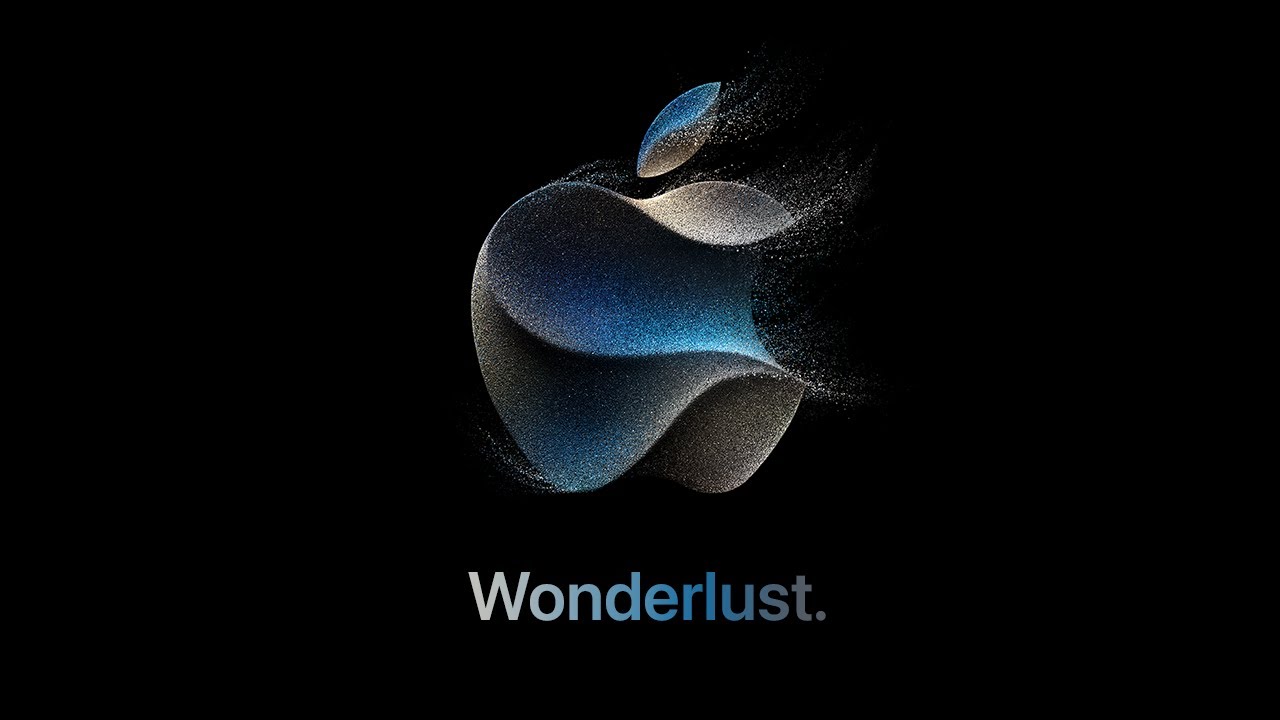When we first reviewed the iPhone 14 back in 2022, it was clear the it was a device that sat in a very strange place in Apple’s lineup. It’s a really disappointing and muted upgrade over the iPhone 13, or even the iPhone 13 Pro, which makes it a very hard sell for early adopters. But what about in 2023? With just a few weeks until Apple unveils its new iPhone 15, it seems like that upgrade is shaping up to be so monumental that the iPhone 14 is quickly going to fade into irrelevance.
The iPhone 14 had a few small iterations over the iPhone 13, but the iPhone 15 is shaping up to be so seismic that I just can’t see this phone landing for really anyone. So with the iPhone 15 coming in September, what does the iPhone 14 have to offer in 2023?
iPhone 14: 2023 review
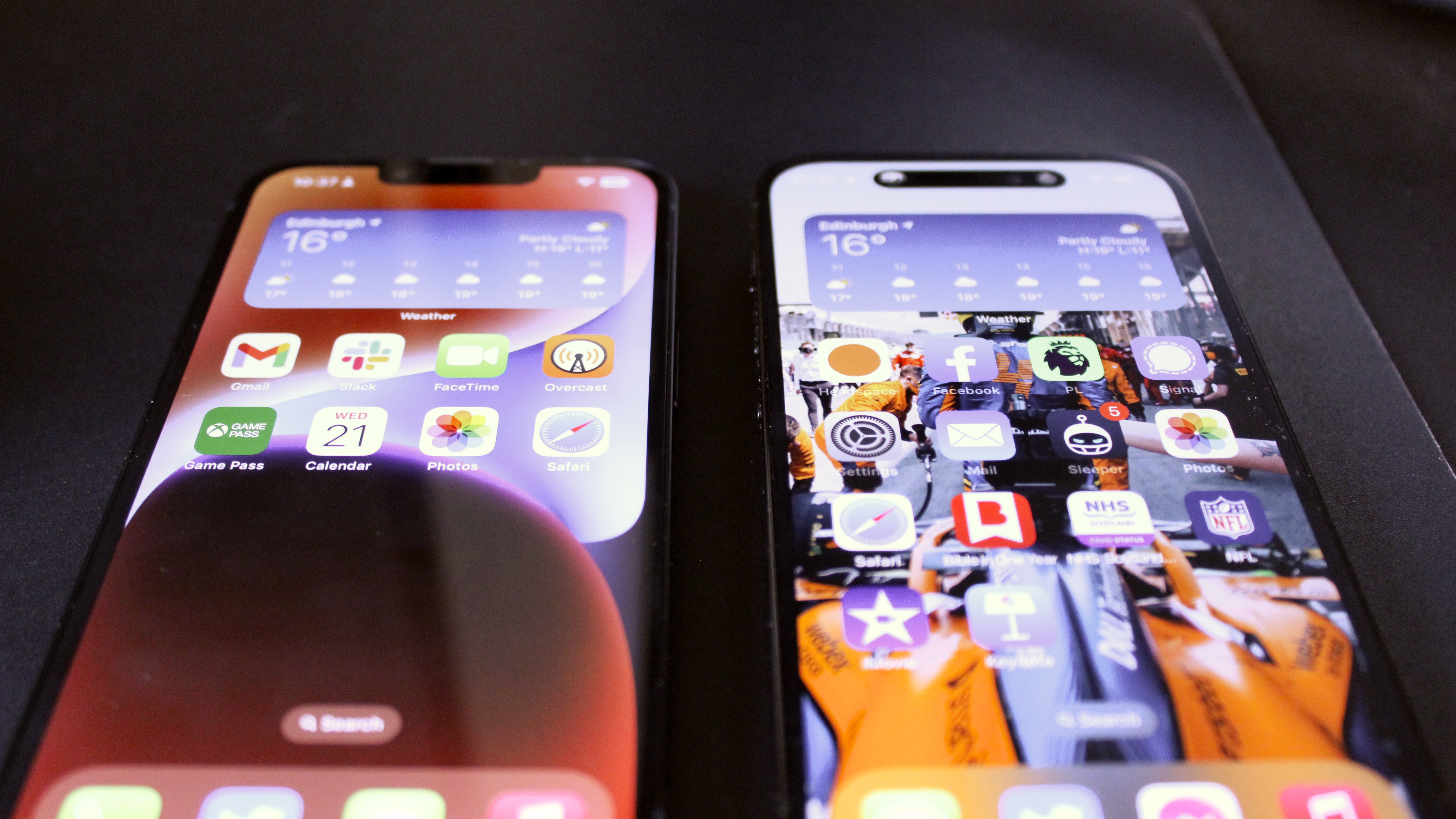
I’ve used my iPhone 14 every day for the past 9 months since its release. My daily driver is the iPhone 14 Pro, and I use my iPhone 14 primarily for work purposes. That means I’ve had daily hands-on side-by-side experience with both.
The iPhone 14 is “just fine” as a handset in 2023. It stays in its case, because whenever I take it out, the rear surface becomes a fingerprint nightmare, the finish on it really is terrible and remains on my least favorite things about the device. The “Pro” iPhone range feels so much more premium that the regular iPhone 14 feels cheap and plasticky by comparison.
The 60Hz refresh rate on the display is really disappointing for a 2022 smartphone, and going between two might as well be going from black and white to color. Anyone who has used a Pro iPhone with ProMotion will not be able to go back to a 60Hz refresh display. However, the colors and pixel density are still formidable.
The 48MP camera on the iPhone 14 Pro really upstages the iPhone 14’s regular 12 MP version. This is all the more acute given we’re expecting a 48MP camera on the iPhone 15 when it comes later this year. The same goes for the Dynamic Island, which is set to replace the notch on the iPhone 15. The processor holds up just fine, but again there is a visible, tangible difference in loading speeds when it comes to apps, surfing the web, and more.
Overall, the iPhone 14 feels like a year to skip for me, it didn’t justify an upgrade from the iPhone 13, and the iPhone 15 is promising so many new changes, that I don’t think anyone should consider this phone even when it drops in price on the iPhone 15’s release.
iPhone 14: Price and availability
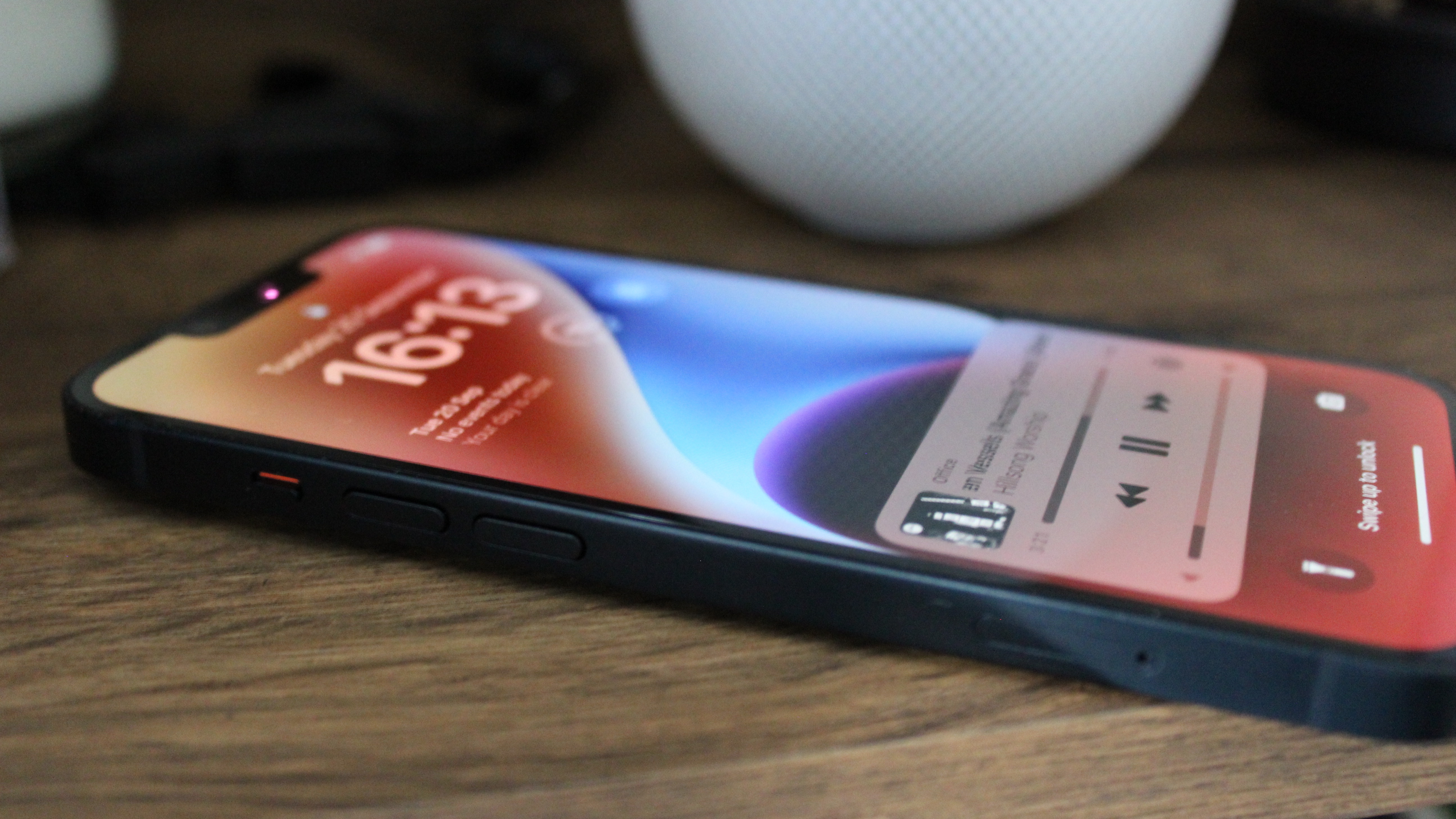
In the U.S., Apple didn’t change the price of its “entry-level” flagship iPhone compared to iPhone 13 in 2021. However, over six months since its release, the entry-level model is still the iPhone 14, not the mini. This means prices start at $799 or $899 for the iPhone 14 Plus.
| Storage | iPhone 14 | iPhone 14 Plus |
| 128GB | $799 | $899 |
| 256GB | $899 | $999 |
| 512GB | $1,099 | $1,199 |
Be warned, while the iPhone 14 remains the same price in the U.S., there is a very good chance that if you live elsewhere, the price may have changed. Prices in the U.K., for example, are higher than what they were in 2021, and may push more users towards carrier plans instead of buying the phone outright. The iPhone 14 can still be purchased from Apple.com or any Apple store, as well as from premium resellers and carriers.

iPhone 14: Hardware and design
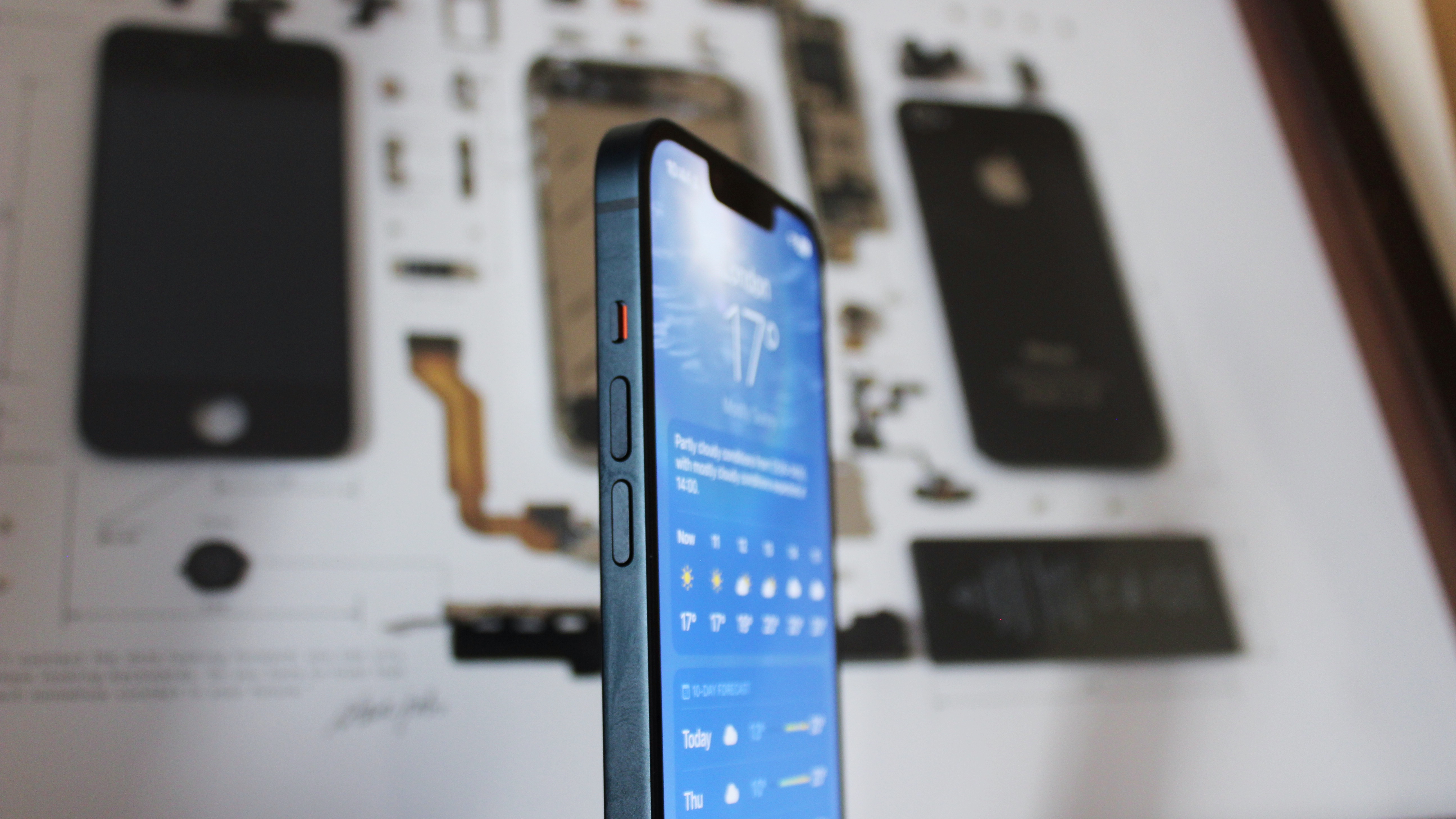
| Category | iPhone 14 |
|---|---|
| Operating System | iOS 17 |
| Display | 6.1 inches, 2532 x 1170 (460 ppi) resolution, Super Retina XDR OLED display (iPhone 14) | 6.7 inches, 2778 x 1284 (458 ppi) resolution, Super Retina XDR OLED display (iPhone 14 Plus) |
| Processor | Apple A15 Bionic |
| Storage | 128 | 256 | 512GB |
| Rear Camera | 12MP, 26mm ƒ/1.5, 1.9μm (wide) | 12MP, ƒ/2.4, 1.0μm (ultra-wide) |
| Front Camera | 12MP, ƒ/1.9, Autofocus |
| Battery | 3,279 mAh (iPhone 14) | 4,325 mAh (iPhone 14 Plus) |
| Charging | Qi wireless charging up to 7.5W | MagSafe Wireless charging up to 15W | Fast wired charging over Lightning with 20W power adapter |
| Water Resistance | IP68 |
| Dimensions | 146.7 x 71.5 x 7.80mm, 172g (iPhone 14) | 160.8 x 78.1 x 7.80mm, 203g (iPhone 14 Plus) |
| Colors | Starlight | Midnight | Blue | Purple | (PRODUCT)Red |
In all honesty, I could have copied the section from our iPhone 13 review into here. The iPhone 14 looks identical to the previous model in terms of chassis. It sports the same squared edges, aerospace-grade aluminum casing, and Ceramic Shield Glass, which Apple says is the toughest of any smartphone. Like all iPhones in recent years, this tougher glass can scratch more easily than some, but the trade-off is it’s much harder to break. Likewise, Apple’s glass back is nice and tough, and the whole outfit comes with up to 6 meters of water resistance for 30 minutes and protection against all the spills life has to offer.
This rear glass is also separate from the main housing for the first time, making it much easier to repair internal components from the back of the phone rather than the front. Replacing the glass itself is also cheaper for out-of-warranty repairs. This is a welcome, if rare, step towards more repairable devices from Apple and should be commended.
The iPhone 14 has had a fresh lick of paint: For this year, the iPhone 14 colors include Midnight, Blue, Starlight, Purple, and (PRODUCT)RED, as well as a brand new yellow model introduced in March. Green is gone, the blue is much lighter this year, and the (PRODUCT)RED option is a more vibrant red. If you aren’t sure which color is right for you, it’s worth dropping by a store to see them in person if you can, or you can check out our deeper look at the iPhone 14 colors available.
If I had one complaint about the iPhone’s design, it would be the glossy back, which feels somewhat less premium than the frosted back of the iPhone 13 and 14 Pro, and is a nightmare for fingerprints. In addition, while you probably keep your iPhone in a case, there is a noticeable difference in the quality and finish of the iPhone 14 over its Pro counterpart, and you’re going to spend a lot of time cleaning it.
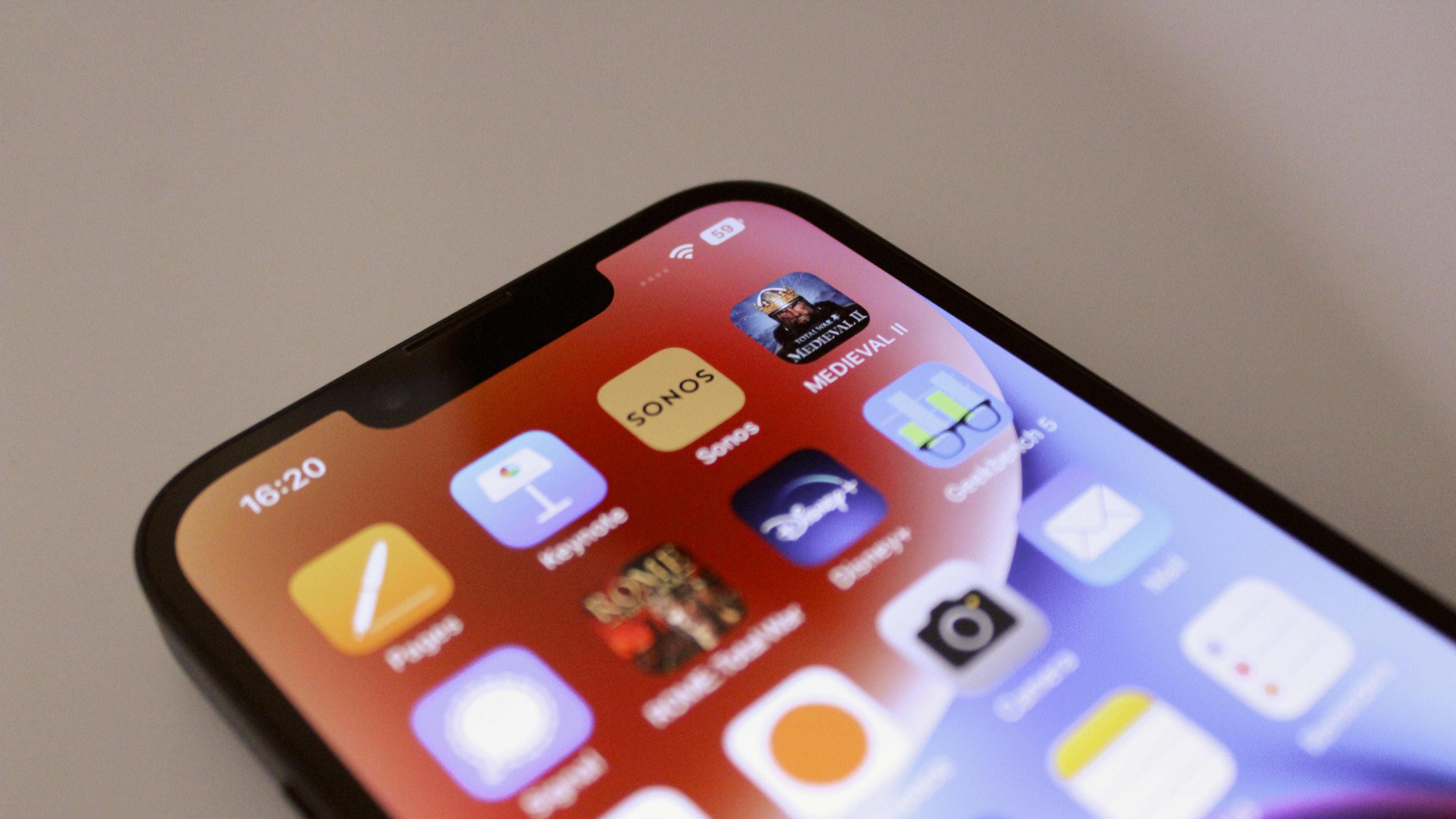
The biggest design change is the new Plus model. Apple has dropped the mini iPhone in favor of a large 6.7-inch display called the iPhone 14 Plus. This is the same size as the iPhone 14 Pro Max and promises vast screen real estate and enviable battery life. Whether the iPhone 14 Plus is popular, only time will tell. Initial reports suggest that demand may be just as weak for the Plus as it was for the mini in previous years. However, if battery life or a larger screen is essential, that is definitely the option to choose and one of the few reasons you might choose this year’s model over an iPhone 12 or iPhone 13.
Not pictured here is the lack of a SIM tray with all of Apple’s iPhone 14 models this year. If you live in the U.S., it’s eSIM or bust from here on out. As a U.K. user, this change doesn’t affect me at all, but if you like to use multiple SIM cards or multiple devices for travel or otherwise, you might find yourself reconsidering the iPhone 14 lineup altogether. That being said, Apple will keep moving in this direction, whether you like it or not.
Under the hood, Apple has made improvements to the iPhone’s internal design to improve thermal performance and heat dissipation, which should hopefully reduce overheating when charging and under heavy loads such as gaming, improving the responsiveness of the tweaked A15 chip.
There’s also 6GB of RAM instead of 4GB compared to the iPhone 13, which again will improve multitasking headroom if you like to run lots of apps.
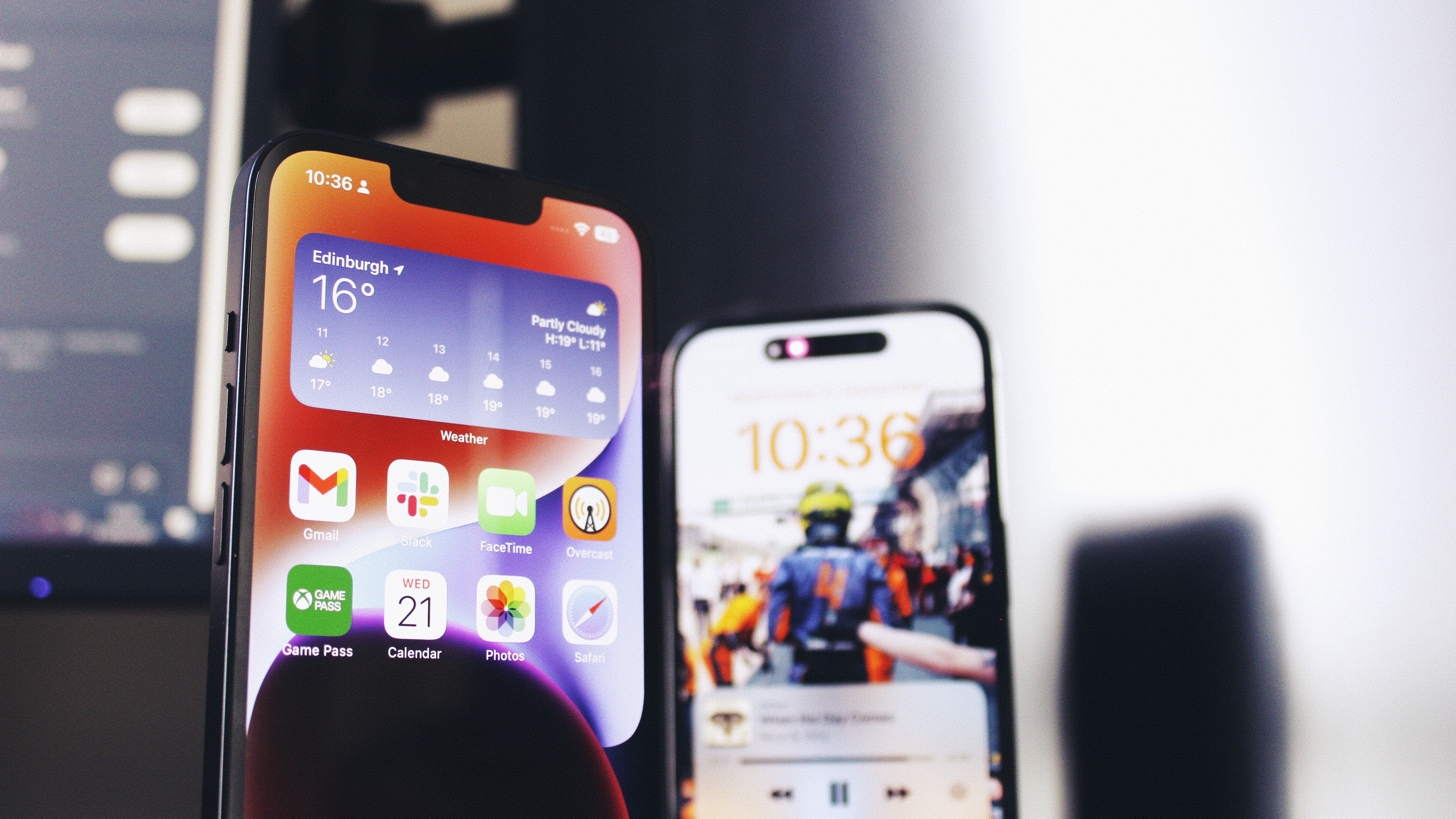
The iPhone 14 sports the same A15 chip as the iPhone 13 Pro. That means it comes with one more GPU core than the A15 of the iPhone 13, which will improve performance when it comes to gaming and dealing with larger video files. For many, the lack of an A16 and a new processor might be disappointing, but the A15 is already so far ahead of the class that it isn’t much you’re missing out on. Furthermore, the processor of the iPhone hasn’t been a limiting factor in performance for several years, so don’t be put off by what’s on paper or the benchmarks we’ll get to below. Apple says the extra GPU core is worth an 18 percent performance boost.
iPhone 14 features new custom antennas that can connect your phone directly to a satellite for use in case of emergency. These improved internals also power a new feature called Emergency SOS via satellite. Surprisingly, this rather crucial life-saving feature will be subscription-based and comes free for two years with the purchase of an iPhone 14. This feature is available only in the U.S., Canada, France, Germany, Ireland, and the U.K.
To overcome the quirks of satellite connection, users will be guided with prompts to answer quick questions about the situation they’re in need of rescue from to minimize back-and-forth messages over the incredibly limited bandwidth, and a fun mini-game-esque interface keeps users pointing their phone in the right direction, so they don’t lose connection. If you like to take your iPhone into the wilderness or rely on it for connectivity wherever you go, Emergency SOS could be a feature you’ve been waiting for.
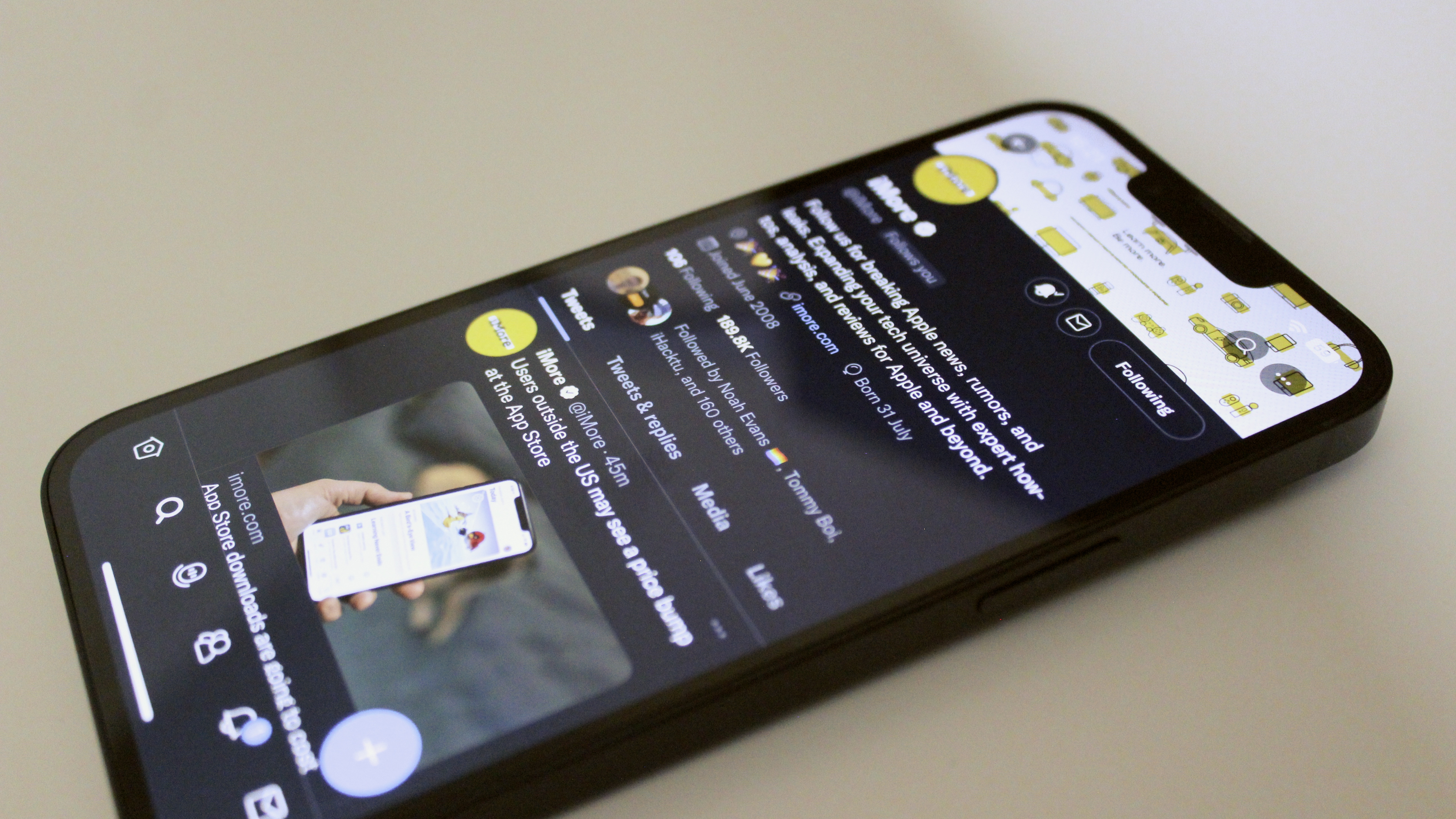
iPhone 14 also features new internal parts for detecting crashes. It has an improved accelerometer that can detect crashes of up to 256 Gs, as well as a new high-dynamic-range gyroscope that can detect movements associated with crashes such as side impacts, front and rear impacts, and rollovers. Apple says it used 1 million hours of real-world data to develop algorithms that work with all the most popular types of cars, including SUVs and sedans. Thankfully, we had no cause to test this feature, but this is another excellent safety addition (provided it works as described) and one of iPhone 14’s few standout features.
The iPhone 14 retains the same Super Retina XDR display as the iPhone 13 with up to 1200 nits of HDR brightness, excellent pixel density, incredible colors and blacks, and support for Dolby Vision, HDR10, and HLG, as well as True Tone technology for adjusting white balance. It’s still a beautiful display but hasn’t been upgraded in previous years. Sadly, that means a return of the 60Hz display, which is a huge letdown, in my opinion. I’ve been spoiled by the 120Hz display of the iPhone 13 Pro and my iPad Pro, so putting the iPhone 14 through its paces has felt like a real step back in time. There are a swathe of Android devices in the same price bracket and cheaper that offer more Hertz for your money. Apple also provides more Hertz for more money, and the 120Hz ProMotion display in the iPhone 13 Pro and 14 Pro is one of several reasons I would probably tell you to make the stretch and buy a Pro iPhone if you can afford it. If you’ve only ever known 60Hz iPhone displays, you won’t notice this point, and I can see that leaving out LTPO and the 120Hz display is a significant cost saver. But a 60Hz iPhone in 2022/23 is super disappointing when rivals like the Pixel 6 Pro, Galaxy S22+, and OP10 offer 120Hz displays.
iPhone 14 also features exactly the same 5G and cellular capabilities as the previous generation iPhone, Emergency SOS via satellite notwithstanding. Other returning features include MagSafe charging and the range of accessories to go with it.
iPhone 14: Software and performance
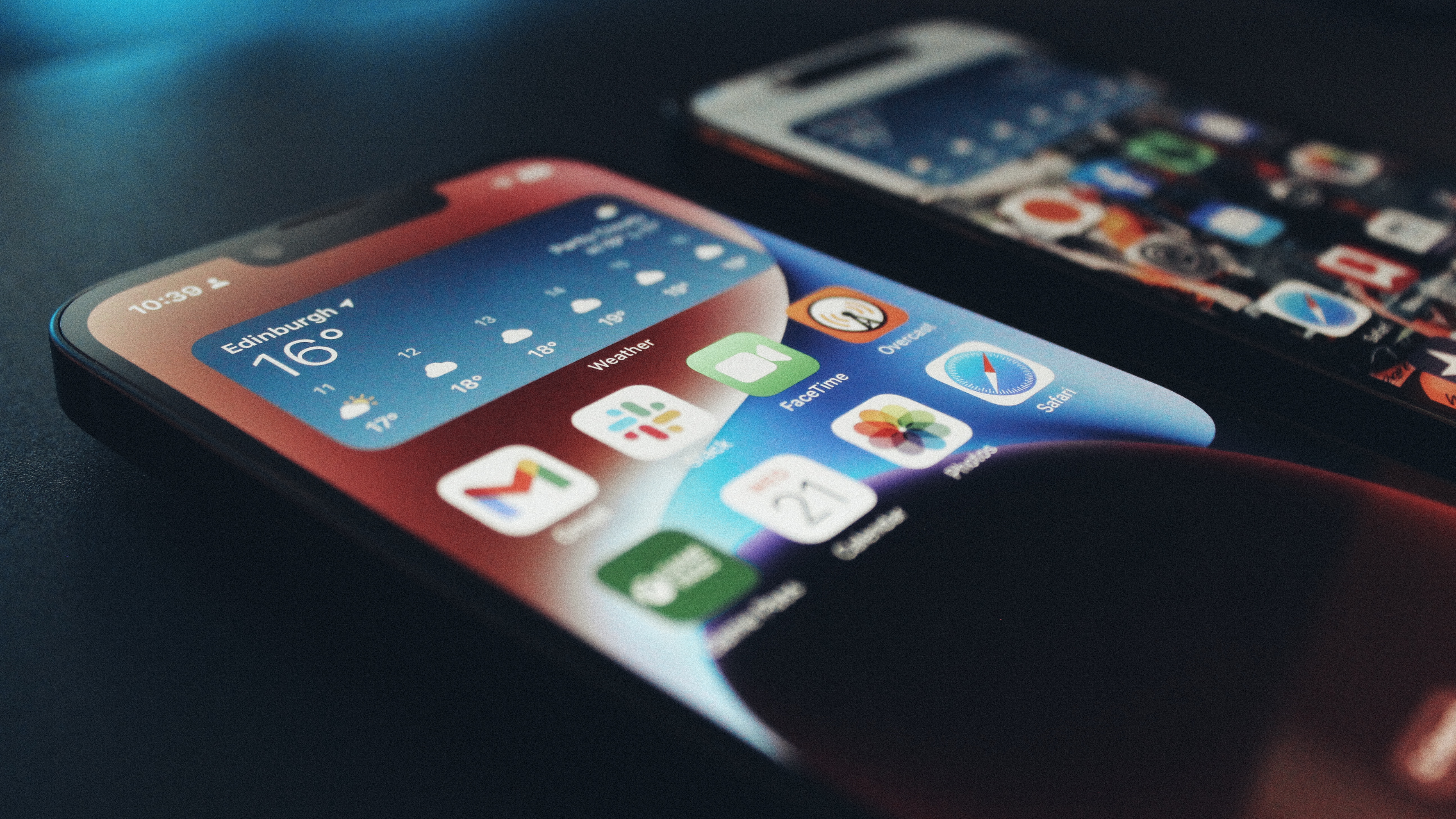
Like its predecessor, the iPhone 14’s performance continues to be largely impressive. The upgraded A15 chip remains ahead of the competition, and using the iPhone 14 is an absolute breeze with fluid multitasking capabilities and gaming performance. In our testing, the new iPhone 14 offered slightly improved single-core benchmarks over iPhone 14 and a lower score than iPhone 13 in the multi-core test. As in previous years, the iPhone has never been about benchmarks, and nobody uses their phone to do benchmarking. It’s just a number for reference. iPhone 14 remains one of the most processor-capable smartphones money can buy. You’ll notice this performance in intensive actions like photo image processing with the new Photonic Engine and excellent iOS 16 features like Live Text.
As you probably know, the iPhone 14 runs Apple’s latest mobile software, and you can read more about our full thoughts on this in our iOS 16 review. Notably, there are no iOS 16 features available on iPhone 14 that are exclusive, which means staying on iPhone 12 or iPhone 13 won’t see you miss out on anything that new device users will. The only notable exclusive features this year are the new Dynamic Island and the Lock Screen powered by the Always-On display of the iPhone 14 Pro. Yet another reason why I’ll be recommending that phone over this one at the end of the review.
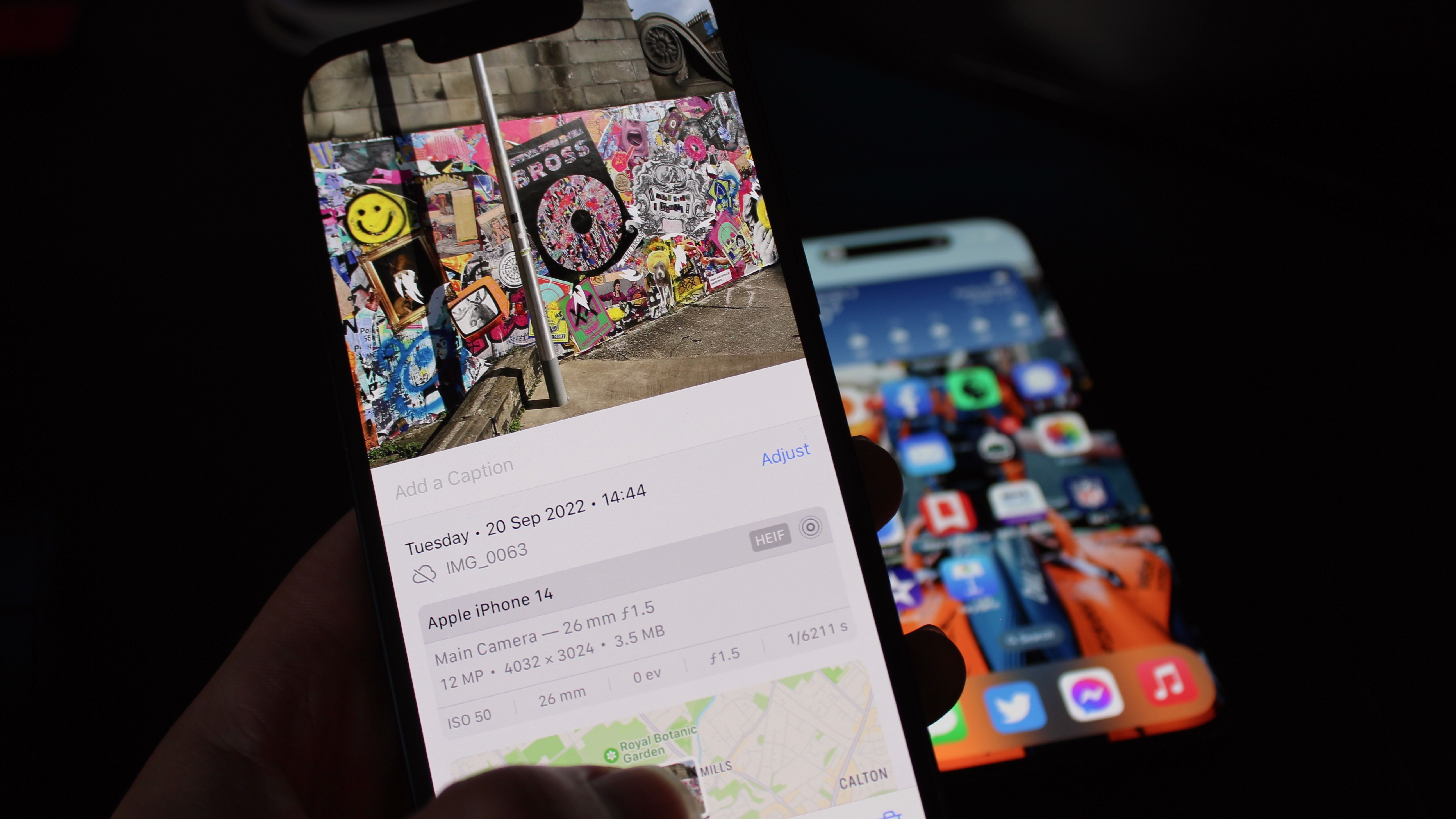
iPhone 14: Battery
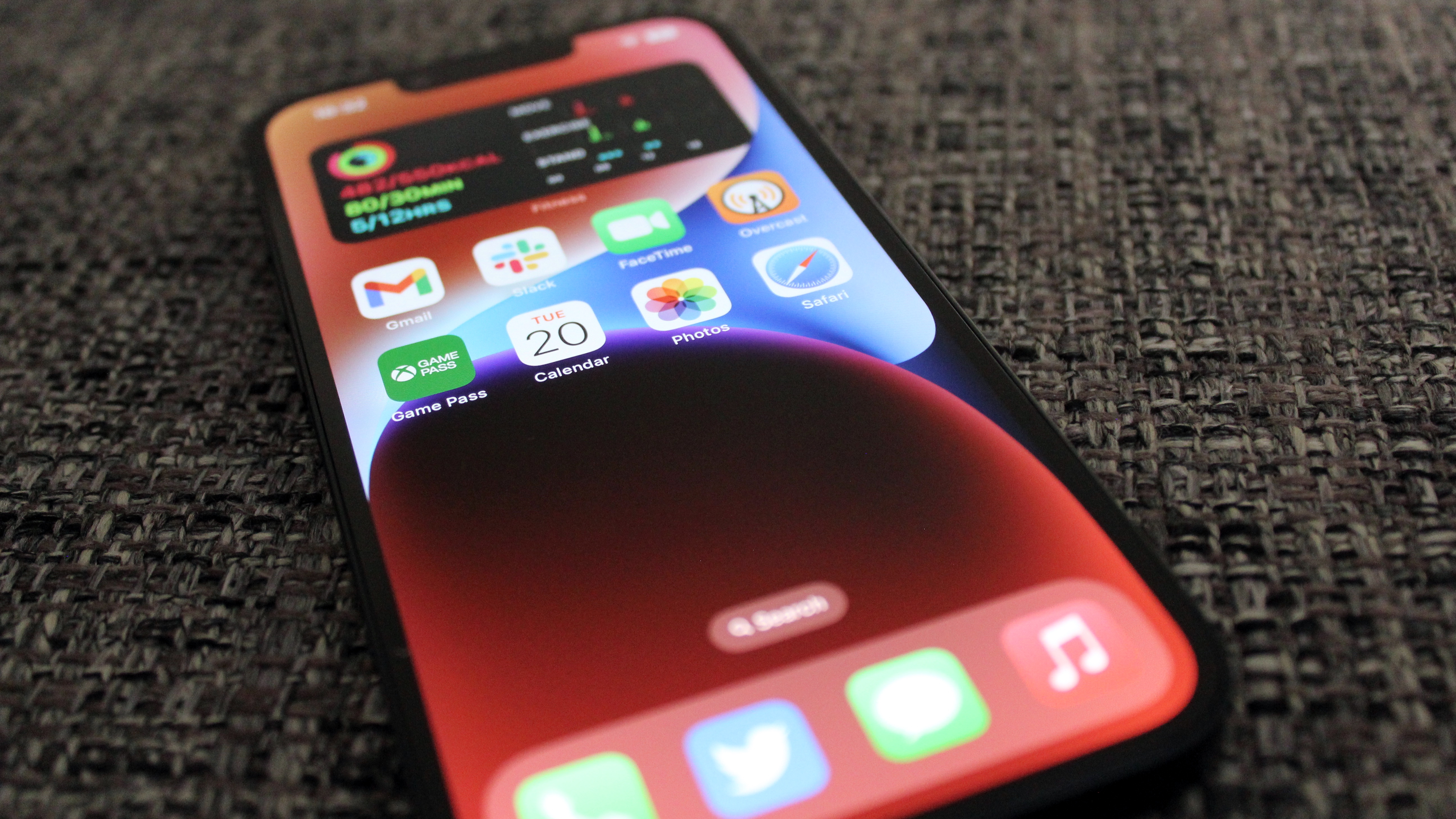
The iPhone 14 has improved battery life over the iPhone 13 and prior models. Gains are marginal, but the company says you’re good for 20 hours of video playback compared to 19 in previous models. As noted, the iPhone 14 Plus has a massive 4,325 mAh battery good for 26 hours of video playback, so if battery life is vital for you, the iPhone 14 Plus is worth considering. Both also support fast charging, so you can get 50% battery in around 30 minutes with a 20W adapter that doesn’t come with the phone. You’ll also still get the same USB-C to Lightning cable. Rumors indicate Apple is reserving USB-C for the iPhone 15 next year, and it seems a shame we’ve had to wait so long for this. Owning a Lightning iPhone alongside multiple USB-C Apple devices continues to be a massive pain.
Overall, the battery on the iPhone 14 continues to be good, as it has done in previous years. Between all-day battery life and fast charging, it’s not a limiting factor. Apple has done well to improve battery life while improving the camera and upping the processor.
iPhone 14: Cameras
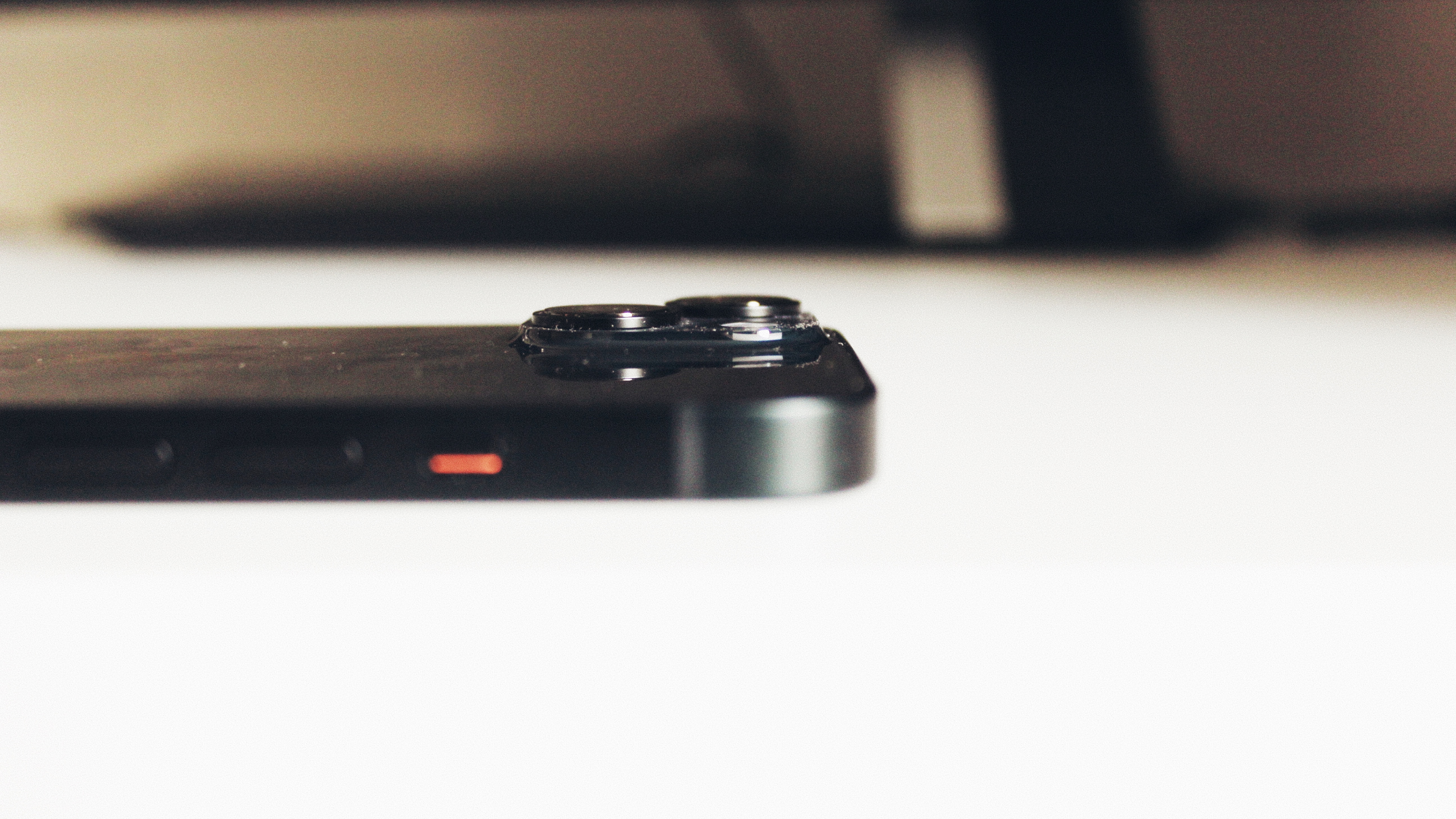
The camera is one of the only places where the iPhone 14 shines over its immediate predecessors, the iPhone 12 and iPhone 13. We’ll start with a brief technical rundown of what you can expect on paper and then fire out some test shots.
The iPhone 14 has a new primary camera with a larger sensor and bigger pixels. It also has a new True Tone Flash. That means better lighting in all your photos, especially low-light shots. The Photonic Engine, exclusive to iPhone 14 and 14 Pro, delivers 2.5x low-light gains, according to Apple, and 2x in the Ultra Wide camera, which hasn’t been upgraded.
The front-facing camera now supports autofocus, which should up your selfie game, especially for group shots. The aperture is also faster for better low-light focus and lighting performance, again helped by the Photonic Engine.
Briefly, the Photonic Engine applies Apple’s Deep Fusion process earlier in the image processing chain to bring out more detail in photos and better and brighter colors.
Another upgrade this year is video, with an all-new action mode for super smooth video and cinematic video now in 4K 30 FPS, a big jump over 1080p from last year.
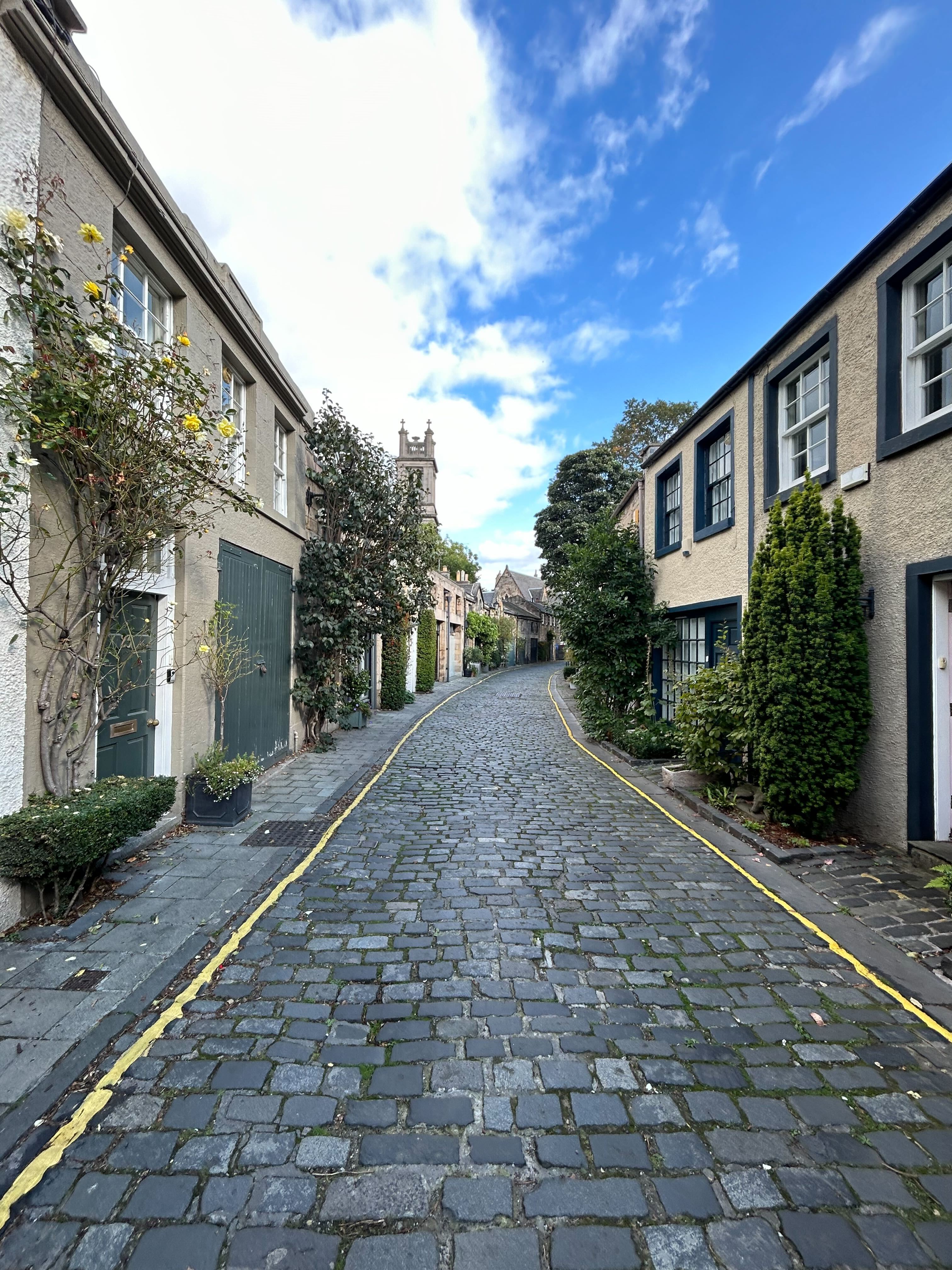
The iPhone 14 handles color in strong lighting really well.


Portrait modes does well with solid subjects like this rock, but struggles with “softer” edges like hair.

iPhone 14: Competition
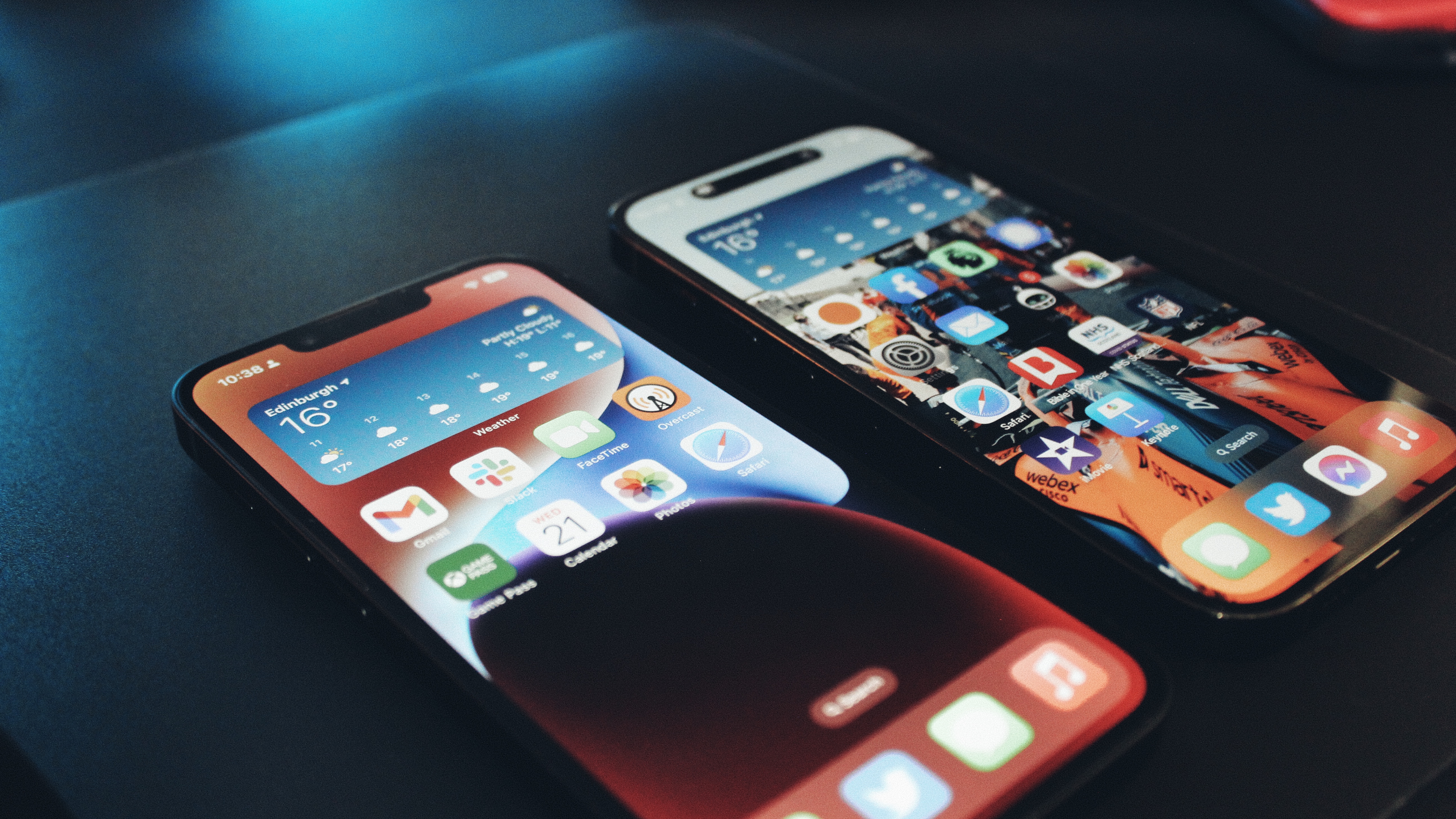
The iPhone 14 still competes in a strange league, essentially, like other devices, because of the age-old Android vs. iOS divide that defines smartphone usage. Although if you’re heavily or even slightly invested in Apple’s ecosystem, you’ll probably want to remain in the fold, if you’re an Android user, you’ll probably need a very good reason to switch.
For the former group, Apple’s iPhone 14 competes against other iPhones, namely the iPhone 14 Pro and the iPhone 13, iPhone 12, and SE. As noted at the outset, the iPhone 14 Pro is a massive upgrade this year, and this is perhaps the most noticeable gulf in class between Apple’s Pro and non-pro iPhones ever. With its 48MP camera, A16 processor, Always-On Display, Dynamic Island, and 120Hz refresh rate, the iPhone 14 Pro outshines the iPhone 14, arguably by more than the $200 price gap would indicate. Having used both side-by-side since launch, I can confidently say that the iPhone 14 Pro is miles ahead of the regular model and undoubtedly worth considering over the 14.
If you’re in the market for an iPhone, I would heartily recommend and even urge users to choose the iPhone 14 Pro over the regular iPhone 14 if they can afford it. However, if you’re in the market for an iPhone and cost is a significant factor in your purchase, then you can save even more money looking to the iPhone 13 and iPhone 12, which are going to be indistinguishable from the iPhone 14 for all but the most power-hungry users who are probably better off going for the Pro anyway.
Our friends at Android Central reliably inform me that the Google Pixel 6 Pro is the cream of the crop for an iPhone 14 rival. That phone looks vastly more appealing on paper thanks to its 48MP telephoto lens and 50MP wide camera. It also offers better battery life and a 6.7-inch display with a 120Hz refresh rate and a much higher PPI. (512 vs. 458/460). Of course, iPhone 14 still boasts a vastly superior processor and brightness, but I’m sorry to say that Android users seem to be much better off with a Pixel 6 Pro. If you’re more into Samsung, the Galaxy S23 again offers 120Hz refresh rates, a 50MP primary camera, and 8K video. The iPhone 14 does, however, win here when it comes to battery life and its A15 processor.
If you’ve somehow managed to make it to 2022 without choosing a side in the iOS vs. Android skirmish, the iPhone 14 is close to its rivals in many areas, and Apple’s watertight ecosystem and iOS 16 are doing a lot of the heavy lifting. But there are plenty of cheaper options for a “first iPhone” that are just as viable as the iPhone 14.
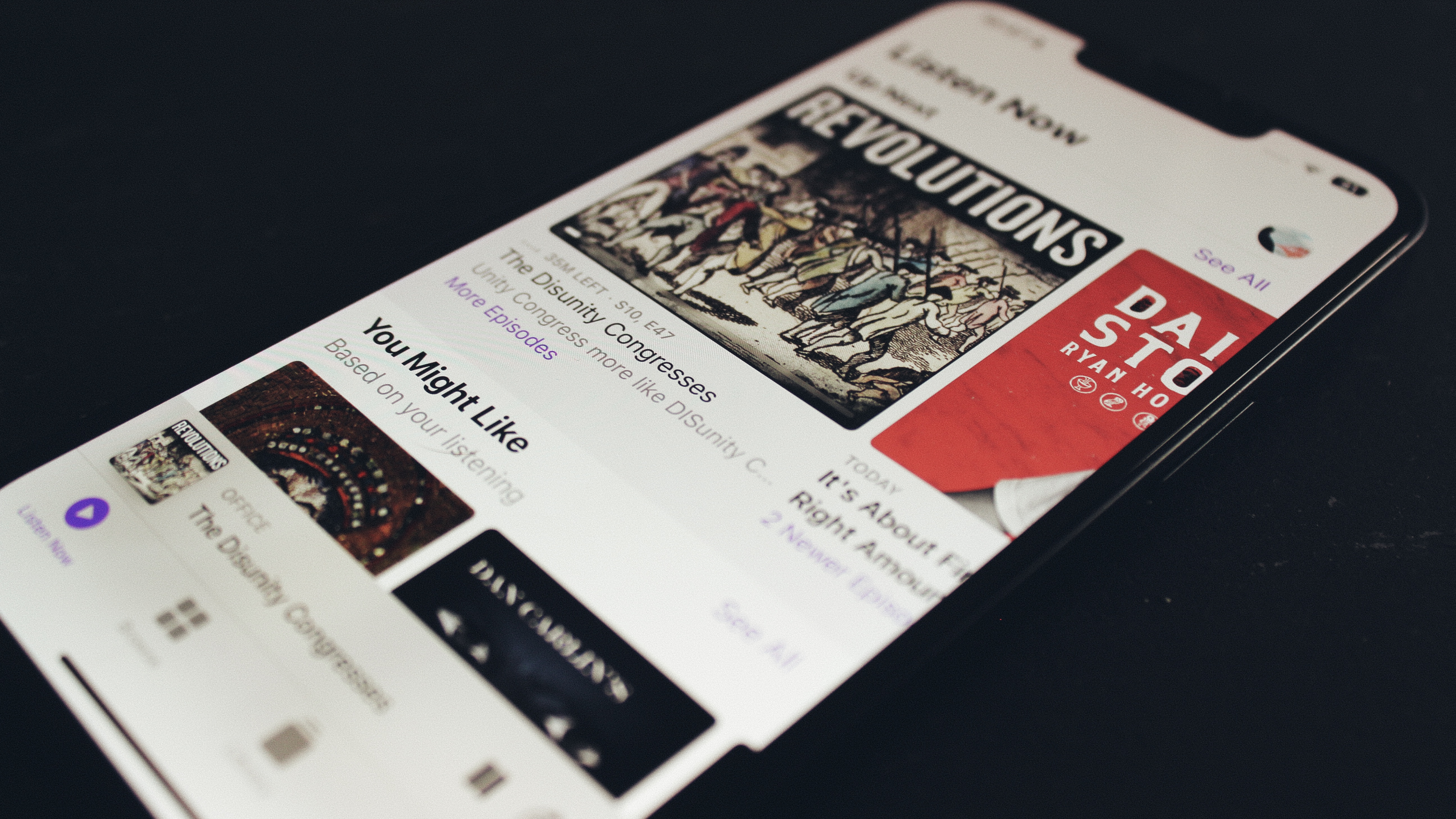
iPhone 14: Who is the iPhone 14 Plus for?
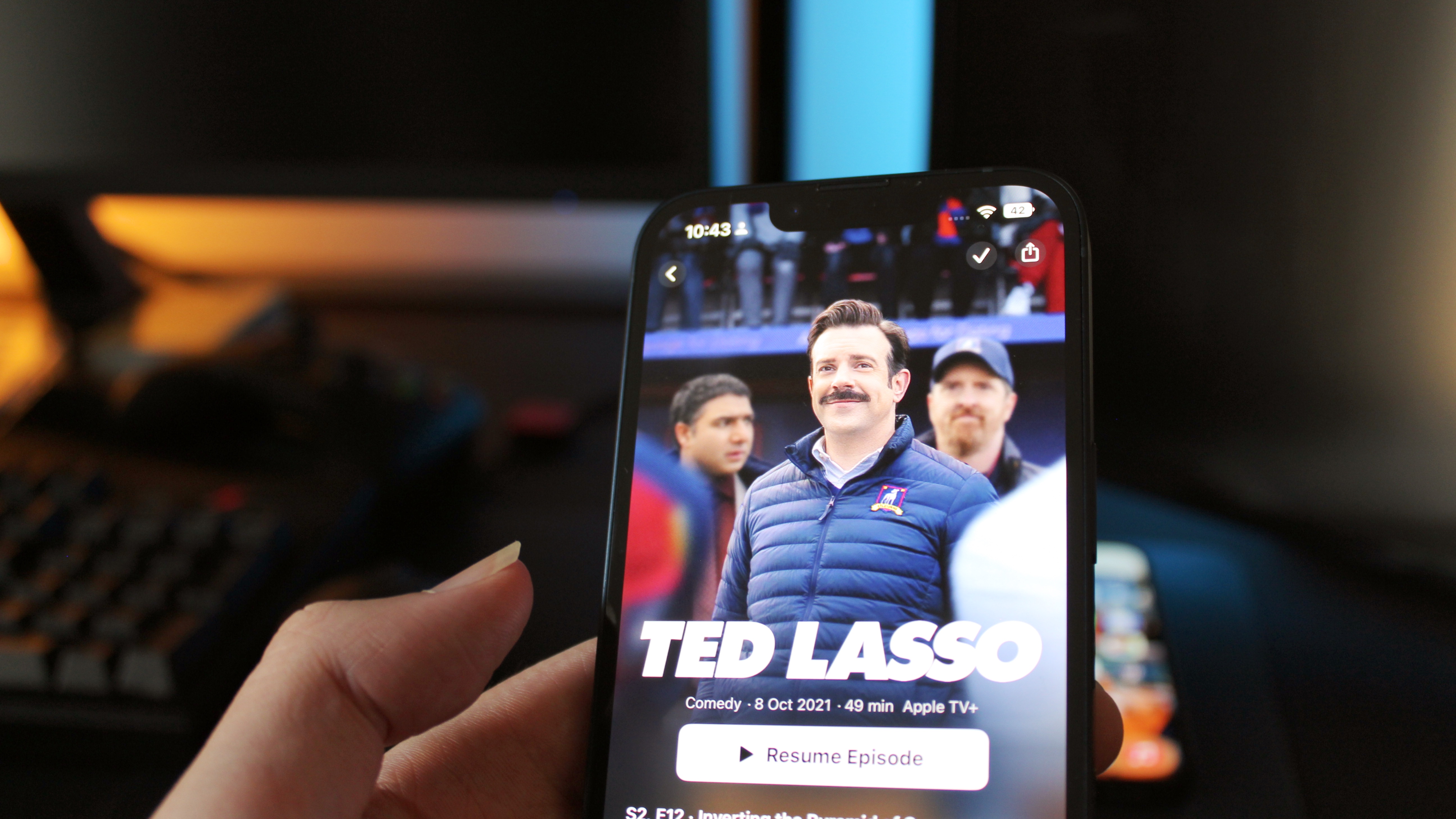
The iPhone 14 Plus is perhaps an easier sell because of its much larger form factor, making it a unique model in this year’s lineup compared to past years. However, paradoxically, because of its higher price tag, it is also even easier to recommend potential customers stretch to a Pro version.
The iPhone 14 Plus is particularly noteworthy for users with accessibility needs. The larger display will be easier to use and read for blind and visually impaired users. In contrast, the larger surface area will make for more accessible interactions for anyone with motor difficulties. The iPhone 14 Plus is also the phone to buy if battery life is a high priority on your iPhone wish list. This will probably serve up the best battery life in an iPhone ever, so it is not to be sniffed at if all-day use is a must, and you can’t risk having a phone with a battery that will let you down.
iPhone 14: Should you buy it?

You should buy this if:
You can’t afford the Pro, but photos are vital
The iPhone 14 offers some decent camera upgrades on previous years. The iPhone 14 Pro offers more, but if you can’t afford that stretch, this is an upgrade in prior generations, particularly regarding camera quality.
You’re all about safety
The iPhone 14 improves on previous years with Emergency SOS Via Satellite and Crash Detection. So if these features are important, don’t choose an older version. Just remember, the iPhone 14 Pro also carries these features and a lot more.
You like a splash of color
The iPhone 14 offers a much more vibrant and playful range of colors compared to the iPhone 14 Pro.
You want a big iPhone in the shape of the Plus
This is finally the year of the 6.7-inch iPhone without the premium of Pro, offering massive screen real estate and awesome battery life.
You shouldn’t buy this if:
You’re on a budget
If you’re buying an iPhone but are worried about the cost, you can save a ton of money by purchasing an iPhone 12 or iPhone 13, or even the iPhone SE, which will deliver nearly all of the experience of the iPhone 14 and Apple’s ecosystem for less.
You can afford the Pro
The Pro is much better than the iPhone 14, so if you can stretch the extra cost, you should.
You’ve bought an iPhone in the last two years
Unless you’re on the iPhone Upgrade Program or a generous carrier scheme, nothing here warrants forking out money to upgrade from your iPhone 12 or iPhone 13.
It’s all about the camera
The iPhone 14 Pro’s camera is vastly superior to the iPhone 14 and is definitely the option to choose this year for keen iPhoneographers.
You want a decent refresh rate
Another year in 60Hz is really disappointing for iPhone 14, and this isn’t the choice for anyone who has used a ‘Pro’ iPhone or a ProMotion MacBook Pro.
iPhone 14: The Verdict
Recommending the iPhone 14 is quite problematic, in my honest opinion. As I hope you’ve noted by now, I’m fully convinced the iPhone 14 Pro offers considerably more phone for your money this year despite the price increase and that anyone who can afford to go the extra step should buy that. Anyone trying to save money by not purchasing the Pro should save even more money and not buy the iPhone 14. If you need an iPhone, the iPhone 12 or iPhone 13 are considerably cheaper and almost as good.
Android users looking to make the jump will find the iPhone 14 a disappointing hardware option compared to leading phones in the same bracket, but like everyone else, look to the Pro to scratch the upgrade itch this year.
You might think it strange that the iPhone 14 still scores well despite this verdict. Yet the truth remains that this is the greatest ‘non-Pro’ iPhone Apple has ever created. Indeed it is the best iPhone running iOS 16 that money can buy for $799. Moreover, the limited upgrades over the iPhone 13 and the shadow of the iPhone 14 Pro make this phone a problematic device in Apple’s lineup, not an intrinsically lousy piece of equipment.
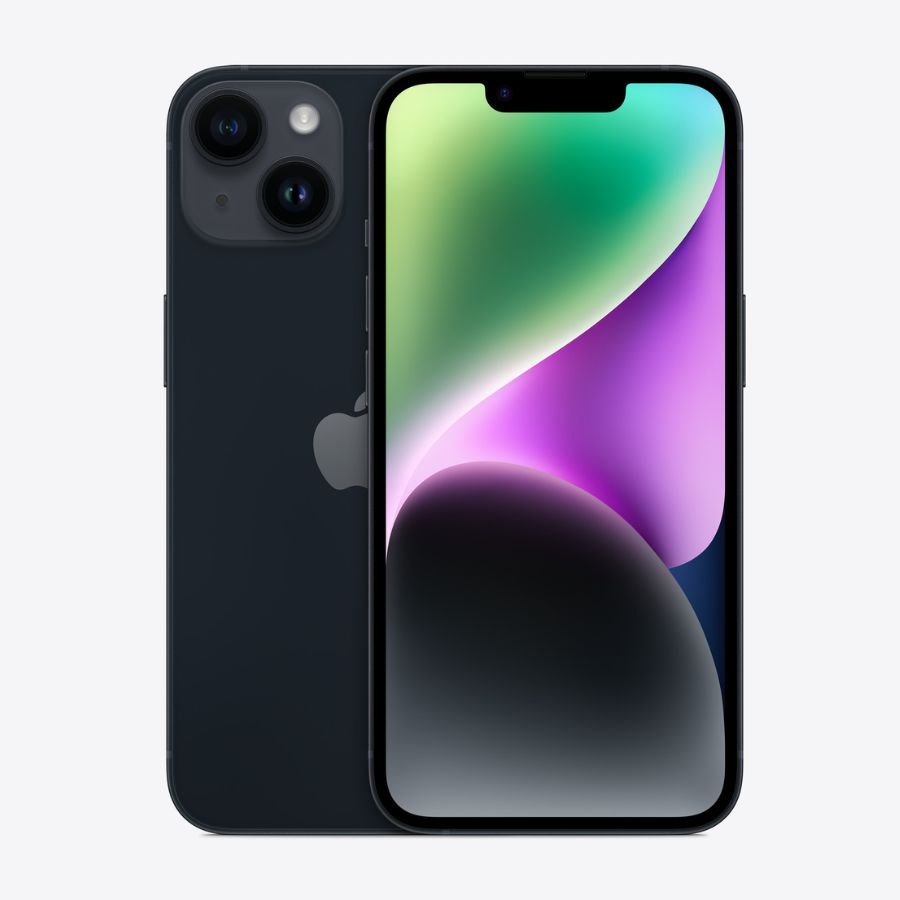
Bottom line: The iPhone 14 is the best non-Pro iPhone Apple has ever created, and yet it will prove a tough sell for all but the most dedicated early adopters who can’t afford to make the jump to the Pro.
For
- Improved A15 chip
- Slightly better battery life
- Improved cameras
- Photonic Engine
- Crash Detection
- Emergency SOS via Satellite
Against
- Limited upgrades over iPhone 13
- Glossy back feels cheap and is a fingerprint magnet
- Lacking in hardware over Android rivals
- 60Hz display in 2023
- Overshadowed by iPhone 14 Pro
